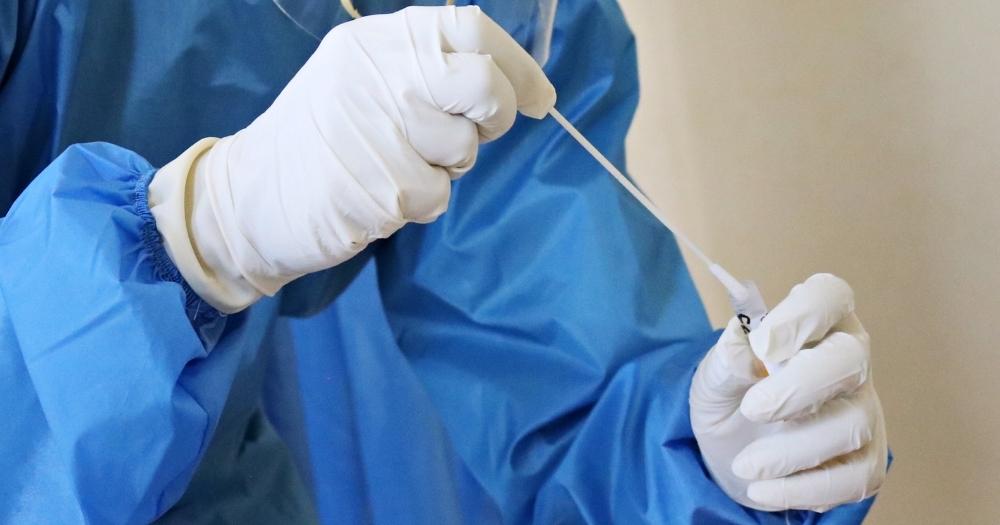Follow us on Telegram for the latest updates: https://t.me/mothershipsg
There is a new Covid-19 "variant of concern" called "XE", according to the World Health Organization's (WHO) latest weekly epidemiological report.
"XE" Covid-19 variant
WHO first reported the XE Covid-19 variant on Mar. 22, where it stated that the variant is a recombination of the Omicron BA.1 and BA.2 variant.
Omicron BA.2 is also referred to as "Stealth Omicron" due to it being more transmissible than its sibling and predecessor, Omicron BA.1.
In fact, BA.2 now accounts for majority of infections in the world, according to Reuters.
The XE Covid-19 variant is possibly more transmissible than BA.2, according to WHO's most recent report on Mar. 29, where more preliminary details are now known about the new "variant of concern".
WHO said: "Early-day estimates indicate a community growth rate advantage of ~10 per cent as compared to BA.2, however this finding requires further confirmation."
According to WHO, the XE Covid-19 variant was first detected in the United Kingdom (UK) on Jan. 19.
637 XE cases in UK
While WHO's findings on the XE Covid-19 variant were more recent, the UK similarly reported that the XE Covid-19 variant was likely to be more transmissible than Omicron BA.2.
Using the most recent data up to Mar. 16, UK's Health Services Agency's (HSA) report on Mar. 25 stated that the XE Covid-19 variant has a weekly growth rate 9.8 per cent above that of BA.2.
There were 637 XE cases in England as of Mar. 25.
Is the XE a variant of concern?
TL;DR: XE might not be a cause for concern.
While there is evidence of XE's transmission within England's communities, the new variant currently accounts for less than 1 per cent of total sequenced cases, said UK's HSA.
It also cautioned that there is currently insufficient evidence to draw true conclusions about the new XE Covid-19 variant's growth advantage, or its other properties, such as its transmissibility, severity, or vaccine effectiveness.
Further elaborating on XE's 9.8 per cent weekly growth rate figure, UK's HSA said: "As this estimate has not remained consistent as new data have been added, it cannot yet be interpreted as an estimate of growth advantage for the recombinant."
XE whilst more transmissible than BA.2, might not be a cause of concern going by the current data on BA.2.
This is because while BA.2 is more transmissible and now dominant globally, a new wave of infections of the the BA.2 variant has yet to be reported.
Additionally, the Omicron wave, which includes the BA.2 variant, has also been receding on a global scale. The BA.2 variant is classified as Omicron as it is a sublineage of its parent, the Omicron variant, according to WHO.
In its Mar. 27 report, WHO reported a decreasing trend in the number of new Covid-19 cases globally, and the number of new Covid-19 cases decreased by 14 per cent from Mar. 21 to 27, as compared to the previous week.
On a lighter note, here are some unrelated stories you should check out
Follow and listen to our podcast here
Top image by Mufid Majnun from Unsplash
If you like what you read, follow us on Facebook, Instagram, Twitter and Telegram to get the latest updates.
